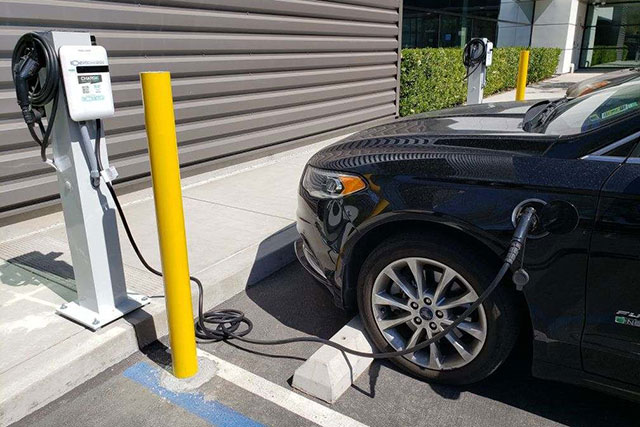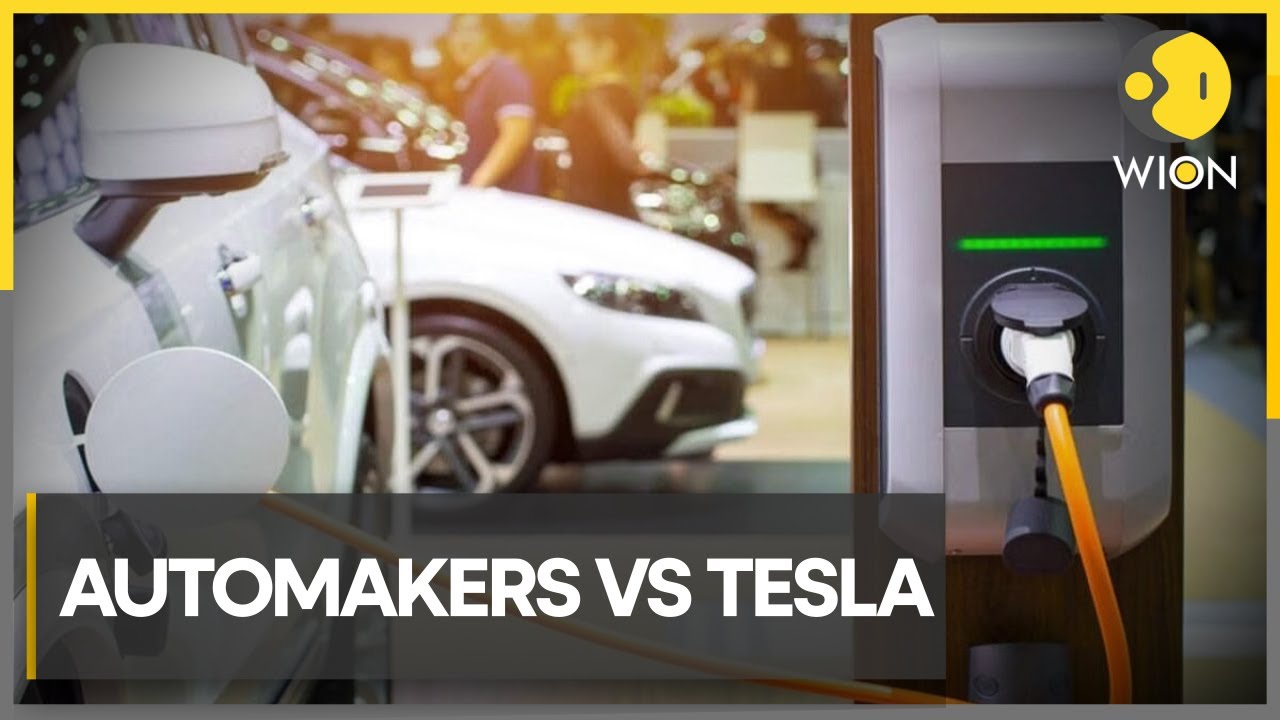Key Innovations in the EV Sector You’ll Find in Today’s Buy EV Charging news
Leading EV Charging Information: Secret Updates on Infrastructure and Advancement

Recent Advancements in Fast-Charging Innovation

Furthermore, improvements in battery modern technology, consisting of boosted thermal monitoring systems and greater power thickness batteries, enhance fast-charging capabilities. These developments alleviate the danger of battery degradation throughout fast charging, guaranteeing durability and performance for EV proprietors.
In addition, the integration of smart charging options is improving individual experience, allowing real-time monitoring and vibrant prices models. EV Charging news. This versatility enables chauffeurs to maximize billing expenses and times based upon grid demand
As automakers remain to purchase fast-charging networks, the cooperation between market stakeholders is critical. Collaborations between charging terminal providers and vehicle producers are leading the way for substantial insurance coverage, inevitably promoting a more robust EV ecosystem. These developments are pivotal in sustaining the change to sustainable transportation.
Federal Government Efforts for Billing Development
Federal government initiatives play a crucial role in the expansion of electrical lorry (EV) billing framework, assisting in the change to sustainable transportation. Different federal and state programs are being applied to boost billing availability, lower the monetary concern on customers, and promote the fostering of electric lorries.
Especially, the U.S. federal government has alloted significant financing through the Facilities Investment and Jobs Act, which earmarks $7.5 billion for EV charging network advancement across the nation. This financing is targeted at releasing thousands of new billing terminals, specifically in underserved locations, thereby attending to array anxiety amongst prospective EV buyers.
Additionally, various states are enacting legislation to streamline the permitting process for charging station installments, which is important for accelerating deployment. Rewards such as tax credit ratings and rebates for both consumers and organizations are likewise being presented to encourage the setup of billing facilities.
In addition, public-private partnerships are progressively coming to be a focus, leveraging personal financial investment to complement government financing. These initiatives highlight a collective approach vital for constructing a extensive and reliable EV billing network, inevitably contributing to a greener and more lasting future.
Cutting-edge Battery Solutions Enhancing Performance
Transforming the landscape of electric automobile (EV) technology, innovative battery options are dramatically enhancing effectiveness and performance. Developments in battery chemistry, especially with lithium-sulfur and solid-state batteries, are causing boosted energy density, which permits longer arrays and faster billing times. These brand-new battery kinds have the possible to surpass standard lithium-ion batteries by using greater abilities while reducing weight, thereby improving overall car effectiveness.
Additionally, growths in battery monitoring systems (BMS) are maximizing power usage and expanding battery life-span. Smart formulas keep track of battery health and performance, making it possible for real-time changes to billing and releasing processes. This not only boosts the performance of the battery however likewise guarantees a more lasting and trustworthy energy source for EVs.
In addition, the combination of recycling technologies is resolving the environmental impact of battery manufacturing and disposal. Advancements in second-life applications for EV batteries are facilitating their usage in power storage systems, adding to a circular economy.
As these cutting-edge battery services continue to progress, they promise to change the EV market, making electric vehicles a lot more attractive and accessible to a more comprehensive audience while sustaining global sustainability objectives.

Partnership In Between Automakers and Billing Networks
Identifying the critical need for a robust charging infrastructure, automakers are increasingly collaborating with charging network companies to improve the EV possession experience (EV Charging news). These collaborations aim to produce a seamless charging community that benefits consumers and supports the shift to electric vehicles
Major automotive brand names are signing up with pressures with established charging networks to expand their charging terminal insurance coverage, making certain vehicle drivers have accessibility to trustworthy and hassle-free charging options. Partnerships with networks like ChargePoint and Electrify America enable automakers to incorporate charging remedies directly right into their automobiles' navigation systems, assisting users to the local stations and giving real-time accessibility updates.
Furthermore, these cooperations typically result in the advancement of fast-charging technologies that substantially reduce the moment needed to charge an EV. By pooling resources and knowledge, car manufacturers and charging networks can introduce much faster, producing remedies that meet the expanding need for electric wheelchair.
Additionally, joint efforts might also result in even more standard charging procedures, which can relieve consumer confusion and advertise broader EV adoption. Generally, these critical alliances are essential in constructing a efficient and easy to use charging infrastructure that satisfies reference the demands of an expanding electric car market.
Obstacles Encountering EV Charging Infrastructure
As the electric car market proceeds to expand, numerous obstacles are surfacing that hinder the advancement of a detailed billing framework. One of the primary obstacles is the inadequate variety of billing terminals, specifically in country and underserved urban locations. This gap creates range anxiety among prospective EV purchasers, preventing them from making the switch.
Furthermore, the lack of standardization in billing innovation complicates the framework landscape. Variations in plug types and billing speeds can develop confusion read review for users and boost operational intricacies for billing network operators.
An additional pressing issue is the high expense connected with the installment and maintenance of billing stations, which can be an obstacle for both personal organizations and public entities. Governing obstacles and zoning constraints can delay the release of charging facilities, restraining progress in increasing essential solutions. Addressing these difficulties will certainly be important for cultivating a robust EV environment that sustains the shift to lasting transportation.
Verdict
In conclusion, the ongoing innovations in EV charging technology, sustained by substantial federal government initiatives and innovative battery services, are vital for the development and efficiency of electric car facilities. Partnerships in between car manufacturers and billing providers even more improve station protection, dealing with the expanding need for obtainable billing options. Despite challenges that persist within the EV charging landscape, these advancements symbolize a favorable trajectory in the direction of a more effective and lasting electrical automobile ecological community.
Technologies click to read in billing framework have actually led to the advancement of ultra-fast battery chargers capable of delivering up to 350 kW of power, significantly lowering billing times. Variations in plug types and billing rates can produce confusion for customers and boost operational complexities for billing network drivers.In final thought, the ongoing innovations in EV billing technology, sustained by substantial government campaigns and innovative battery options, are critical for the growth and effectiveness of electrical car framework. Partnerships in between car manufacturers and billing carriers additionally improve terminal coverage, resolving the growing demand for accessible billing options. Despite obstacles that continue within the EV billing landscape, these advancements symbolize a positive trajectory towards an extra lasting and reliable electrical car ecological community.